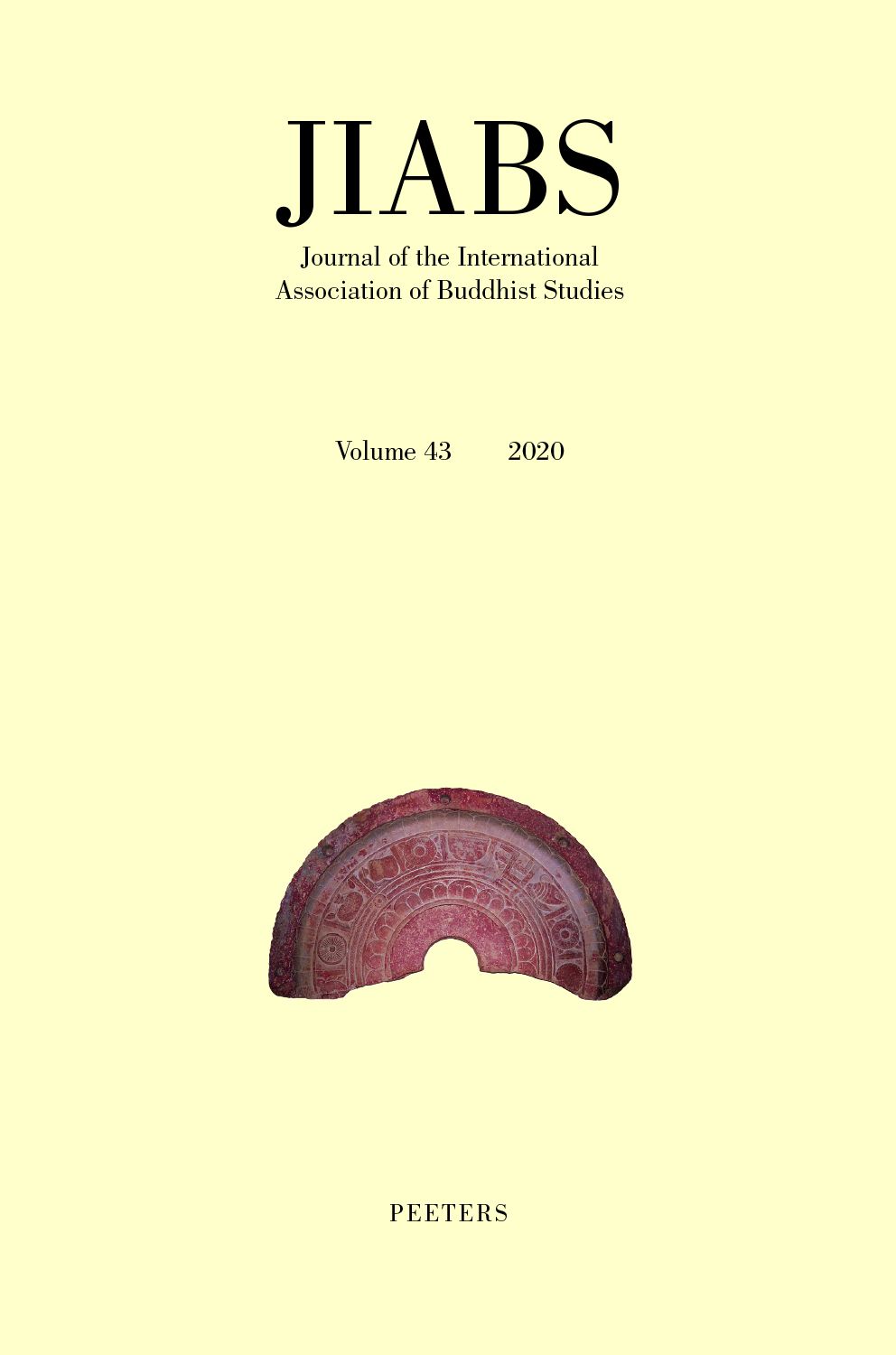 previous article in this issue previous article in this issue | next article in this issue  |

Preview first page |
Document Details : Title: The Mahāmeghasūtra as a Source for Buddha-Nature Teaching Author(s): JONES, Christopher V. Journal: Journal of the International Association of Buddhist Studies Volume: 47 Date: 2024 Pages: 173-233 DOI: 10.2143/JIABS.47.0.3294223 Abstract : Among Indian Mahāyāna sūtras that scholars have classified as being concerned with tathāgatagarbha, or teachings about 'buddha-nature', is the Mahāmeghasūtra. This paper addresses how justified it is to classify this text as such. The first matter is whether or not versions of the Mahāmeghasūtra teach us anything about to what the expression tathāgatagarbha refers, and the second is what they have to say about 'buddha-nature' more broadly. Investigating these matters reveals striking differences between, on the one hand, the fifth century Chinese translation of the Mahāmeghasūtra (T.387), of Dharmakṣema, and, on the other, the Tibetan canonical translation and a mostly intact Sanskrit manuscript. A close examination of these differences, cross-referenced with doctrinal features unique to other translations attributed to Dharmakṣema, suggests his hand in producing a Chinese Mahāmeghasūtra aligned closely with the ideas and terminology of his highly influential Da banniepan jing (T.374). It also invites us to rethink the Indian Mahāmeghasūtra as a source not of fully formed buddha-nature teaching so much as a range of ideas adjacent to it. |
 |


